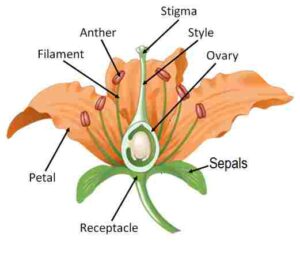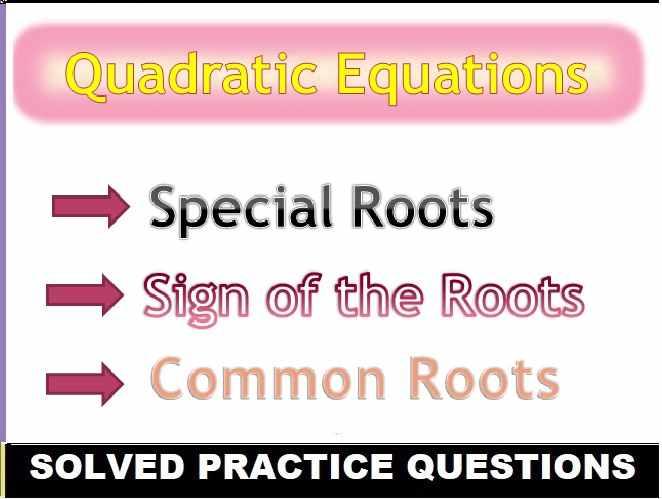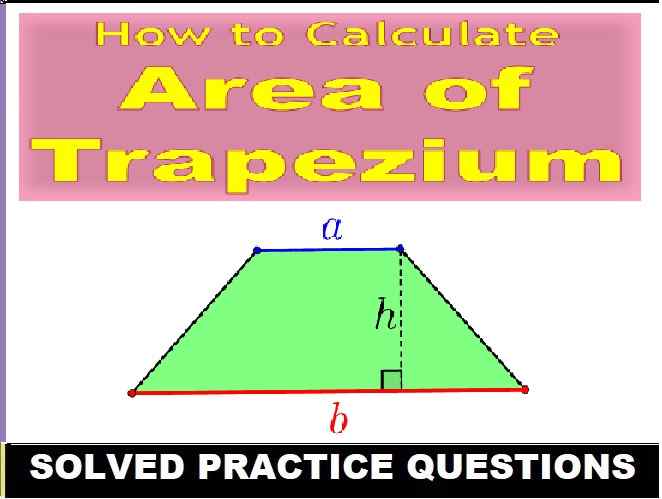Sexual Reproduction in Plants ICSE Class-8th Goyal Brothers Biology Solutions Chapter-2 , Unit 2 . We Provide Step by Step Answer of Objective, True False , Fill in the blanks , Match the following , Short/Long Answer Type of Chapter-2 unit 2, Sexual Reproduction in Plants. Visit official Website CISCE for detail information about ICSE Board Class-8
Sexual Reproduction in Plants ICSE Class-8th Goyal Brothers
Biology Solutions Chapter -2 (Unit 2)
| Board | ICSE |
| Class | 8th |
| Subject | Biology |
| Book Name | Goyal Brothers |
| Chapter-2 | Reproduction in plants and animals. |
| Unit | 2 |
| Topic | Sexual Reproduction in Plants |
| Session | 2023-24 |
Sexual Reproduction in Plants
ICSE Class-8th Goyal Brothers
I. Multiple choice question
Put a tick mark (✓) against the correct alternative in the following statements.
1.Unisexual flowers are found in ______.
(a) mulberry (b) mustard (c) pea (d) sunflower
Ans: (a) mulberry
2. The male gamete is present inside the _____which germinates.
(a) the style (b) the stigma (c) the anther (d) the ovary
Ans: (c) the anther
3. High-yielding seeds can be produced by______.
(a) self-pollination (b) cross pollination (d) all the above methods
Ans: b) cross pollination
II. Fill in the blanks :
- Male sex cells in plants are called __Pollen grains__
- The two kinds of pollination are __self pollination and cross pollination__.
- A carpel consists of __style, stigma and _ovary_.
- A stamen consists of __anther and _filament_.
- Seeds are formed from __ovule_.
III. State whether the following statements are true (T) or false (F) :
Statements:
- Stamens make egg cells _(False)
- A fertilized egg becomes a seed._(True)
- Flowers which possess stamens and carpel are called unisexual. _(False )
- Insect-pollinated flowers are brightly colored. _(True )
- Wind-pollinated flowers produce pollen grains in large quantity. _(True)
- The plumule of an embryo gives rise to the root system. _(False)
IV. Find the odd-one out, giving reasons :
- Ovary, style, pollen grain, stigma , others are female part
- Anther, pollen grain, ovule, male gamete Other are male part
V. Differentiate between the following :
- Sexual and Asexual Reproduction.
- Self-Pollination and Cross-Pollination.
Ans 1 : Difference between Asexual reproduction and sexual reproduction.
| Basis of Comparison | Sexual Reproduction | Asexual Reproduction |
| Meaning | It is a kind of reproduction where the fusion of male and female gamete take place. | It refers to the kind of reproduction where the fusion of male and female gamete is not required. |
| Organisms Involved | Two different individual | Only one individual. |
| cells | Germ cells of the body. | Somatic cells of the body. |
| Process | Slow process | Fast process |
| Cell division | Meiosis and Mitosis both cell division occurs. | Only Mitosis cell division occurs. |
| Found In | Higher plants and animals. | Lower organisms. |
| Example | External fertilization. | Bacterial fission. |
Ans 2. Difference between Self pollination and cross pollination.
| Basis of Comparison | Self-Pollination | Cross-Pollination |
| Definition | The transfer of pollen grains from the anther to the stigma of the same flower or the stigma of another flower on the same plant is called self-pollination. | The transfer of pollen grains from the anther to the stigma of another flower on a different plant of the same species is known as cross-pollination. |
| Pollen Transfer | It occurs within a flower or between two flowers of the same plant. | It occurs between two flower borne on different plants of the same species. |
| Pollinator | Not required, because it occurs on the same flower. | Pollinators like wind and insects are required. |
| Process | Slow process | Fast process |
| Pollen grains | Produced in small number. | Produced in large number. |
| Flower type | Flowers are not attractive. | Flowers attract insects by various means like colored petals, scent and nectar. |
| Example | It occurs in pea, mustard etc. | It occurs in papaya, apple etc. |
VI. Define the following :
- Gamete : Gametes are the reproductive cells of an entity. Male parent produces the male gamete and the female parent produces the female gamete. A male gamete is usually small with a nucleus with little cytoplasm. The female gamete is larger with nucleus and more cytoplasm than the male.
- Pollination : It refers to the transfer of pollen grains from the ripe anther to the stigma of the same flower or of another flower of the same species.
- Zygote : The product of fusion of the two gametes is called Zygote.
VII. Mention the function of the following :
- Flower : It posses sexual reproductive organ of a plant.
- Ovary: It contains ovules which produces female gametes.
- Anther: It is a male reproductive organ of a plant which produces pollen grains.
- Stigma: It is a female reproductive organ of a plant which Receives pollen grains.
- Seeds: It nourishes the embryo inside them and germinate to form plant.
VIII. Answer the following question :
Q1) Can a unisexual flower be self pollinated?
Ans: Unisexual flowering plants have either anther or stigma on it therefore self pollination can not take place in them.
Q2) Where are the male and female gametes in a flowering plant?
Ans: In flowering plants, male gametes are produced in the anther and female gametes are produced in the ovule.
Q3) What part is played by stamens and carpels in reproduction?
Ans: Stamens consist of anther and filament and it produces pollen grains within which the male gamete develops. Whereas, carpels include three parts which are stigma style and ovary where stigma receives pollen grains, style connects stigma to ovary, and ovary contains ovules which produce female gametes.
Q4) Write a brief note on artificial pollination.
Ans: Artificial pollination is the type of pollination carried out by humans to produce varieties with better quality flowers and seeds. In this process the pollen grains from the ripe anther of a plant are carefully removed and dusted on the mature stigma of another plant. Then the pollinated flowers are covered with polythene bags till fruits and seeds are produced . The seeds are sown in the next season and the offspring with better features are produced.
Q5) Draw a labelled diagram of a bisexual flower.
Ans: labelled diagram of a bisexual flower given below.

— : end of Sexual Reproduction in Plants Class-8th Goyal :–
Return to- ICSE Class -8 Goyal Brothers Biology Solutions
Thanks.
Please Share with your friends.


